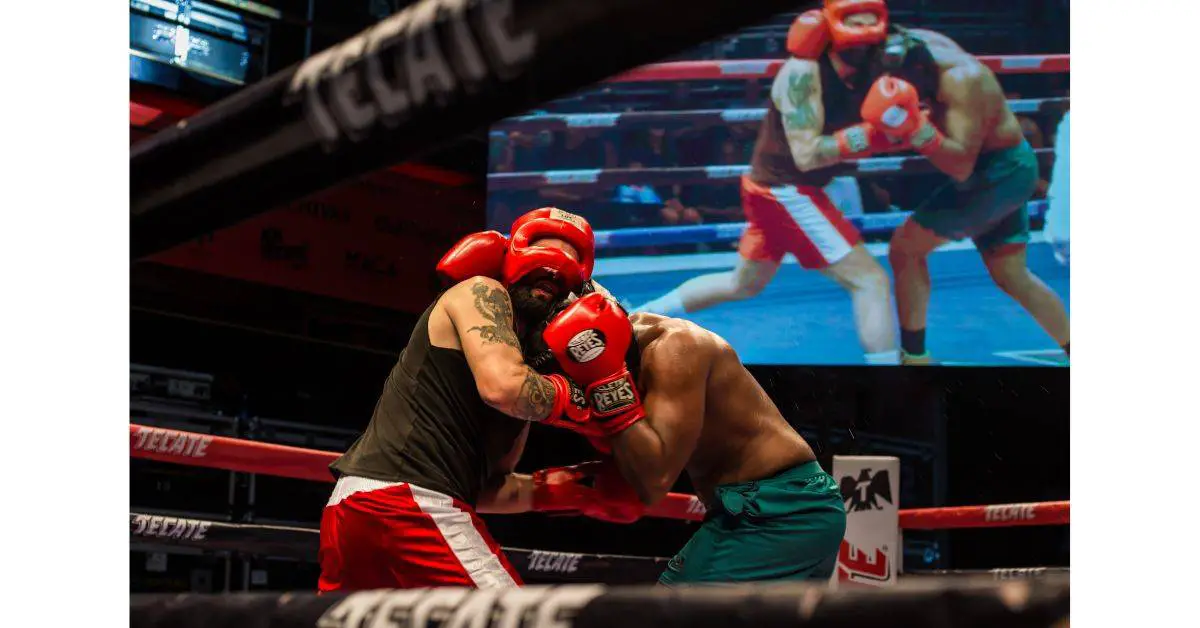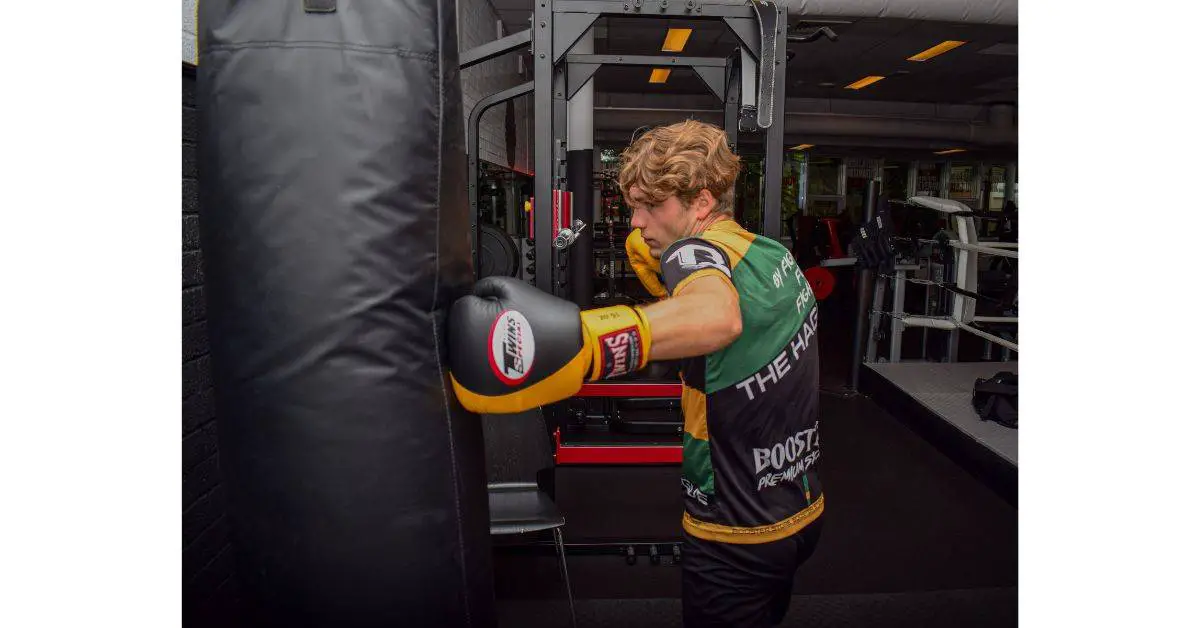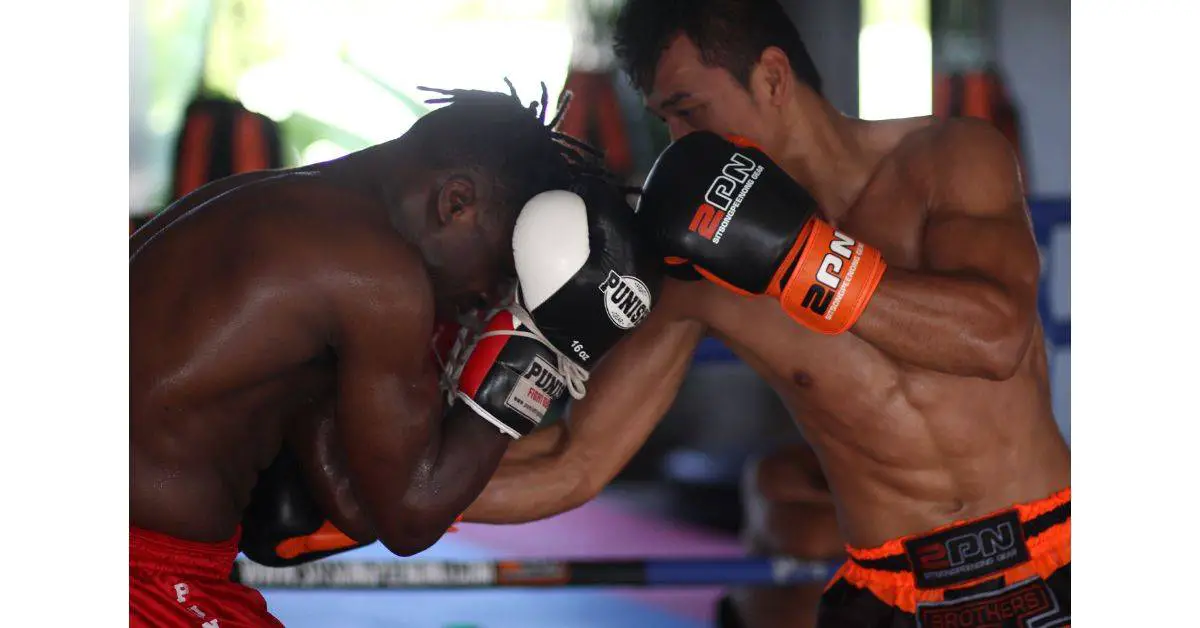The most common injury in boxing is, you guessed it, in the wrists and hands. As a result, these are spots you should go the extra mile to ensure you don’t hurt. But, most beginner boxers are overly-excited about the sport, and, as a result, are more likely to injure themselves.
Your wrists should neither hurt nor shake after boxing. Often, such a phenomenon occurs when you didn’t wrap your hands properly, don’t use gloves, or simply punch with the wrong technique. If your hand hurts after you boxed, you must pay more attention to protecting this area, as you might be harming it.
Keeping your health in the long-term—is critical. You don’t want your wrists to be all hurt when you grow old. That’s something we want to avoid right now. If we won’t, you’ll find yourself having to deal with your mistakes later on in life.
If you want to know why your wrist or hand hurts after boxing and how to solve it, you’ve come to the right place. I want to ensure you keep yourself as safe as possible. Because, let’s face it, our health is more important than anything in life. So, be sure to take steps in order to keep yourself unharmed.
There are a couple of reasons why your wrists hurt after you just boxed. Let’s examine some of them and see why it is the way it is. If you want to solve such issues, we’ll also look at that in the 2nd part of this article. Stay tuned for that.
Before we dive in, if you want to learn why boxing is an unsafe sport, be sure to follow the link to an article of mine on the topic.
Reasons why your wrists hurt after boxing
The first part of this article will discuss why your wrists hurt after boxing. Understanding the reasons is especially critical if you’re a novice boxer. For that matter, you want to keep yourself as healthy as possible; so you’ll be able to keep your intensive training going in a few years down the road.
Let’s start with the first reason:
#1 – Not wrapping your hands properly
If you’re unfamiliar with how to wrap your hands for boxing—you must stop all training, get yourself a pair of hand wraps, and only then unpause your training. You want to ensure your fists stay as closed as possible throughout your box sessions.
If they don’t, they won’t be able to withstand the impact in the long-term.
Boxers wrap their hands to tighten their fist to ensure the safety of their wrists, fingers, and knuckles. Likewise, it cushions the impact from the many punches you’ll be throwing toward a punching bag or another boxer. Hand and wrist injuries are the most common amongst boxers, so protecting them—should be your priority. (SOURCE)
Our fists aren’t meant to withstand such amounts of impact in the long-term. Rather, they’re meant for us to grab and hold small or large objects. Because we use them not for their original purpose, we want to ensure we do anything in our ability to protect them as much as possible.
If you want to buy the best hand wraps currently in the market, so you’ll be able to ensure the long-term safety of your hands, follow the link.
#2 – Not using gloves
The second reason for your wrists hurting and shaking after an intense boxing session—is because you’re not using gloves. Similar to hand wraps, they reduce the impact your hand gets when you punch. Likewise, it keeps your fists closed, which is what you want to avoid hand injuries.
It’s not a coincidence that wrists injuries are also called boxer injuries. Frankly, many beginner boxers don’t pay attention to their health. Instead, they punch bare-fisted, even when they’re not so sure of using the appropriate technique.
As a result, their hand is getting more impact than it should. Also, that happens while they’re using imperfect technique, which causes even more harm.
If you don’t have boxing gloves, stop all intense training, especially with the punching bag. Start by buying high-quality gloves, you can be sure to protect your hands in the beginning of your journey. Here are the best gloves that’ll do the job in an affordable price.
Of course, I encourage you to use both gloves and hand wraps in your training. In fact, most competitions require the competitors to wear both protective equipment; that’s to ensure the health of their hands and wrists in both the short and long-term.
#3 – Punching with improper technique
The final reason for having wrist or hand pain after an intensive boxing session—is that you’re using improper technique. Especially if you’re a beginner boxer, you want to start slow and learn the technique. Only when you do that do you want to increase the power of your punches.
For that matter, it’s only common sense that you also need to pair yourself with the protective gear we mentioned. For instance, if you use the wrong technique while punching with full force, you’ll be up for some future trouble, for sure.

Consider starting slow while not using full force in your punches. That’ll ensure you won’t injure your wrists or hands, even if you’re using the wrong technique.
You must divert all of your attention to perfecting your punching technique. If you do, you’ll have so much more enjoyment from boxing. Likewise, your punches will be stronger and the odds of hurting your wrists or hands—greatly decrease.
If you want to perfect your boxing technique, follow the link to read a step-by-step guide I wrote on how to perfect it.
How to solve wrist pain after boxing
If you’re one of the many boxers who experience wrist or hand pain after an intense boxing session, you must first stop all training. You can, if you want, continue honing your technique through shadow-boxing. However, stop using a punching bag altogether until you solve that issue.
To solve wrist pain after boxing, you need to buy hand wraps and gloves. As a result, when you practice on a punching bag, your fist will not have as much impact on it as if you don’t use these protective hand equipment. Likewise, work on your technique to ensure your punches are solid and not poorly-executed.

If your technique is off, you’re much more likely to experience wrist or hand pain after you’re done training. As a result, start with using low force in your training. By doing so, you’ll know that you’re not as likely to injure yourself in the process of training.
Likewise, you can’t allow yourself to train bare-fisted. By doing so, you’re putting your hand at great risk, as they’re not intended to feel such large amounts of impact in such a short period. Rather, they’re meant for us to hold and grab objects; so we must ensure that when using them for punching, we also protect them more than we think required.
That will, as you may have guessed, includes using gloves and hand wraps in your training. The point is that you should always take the extra mile to ensure both the short and long-term safety of your hands, especially when you put such effort onto them.
Does boxing strengthen your wrists and knuckles?
The act of boxing—will strengthen your knuckles and wrists. In the process of training, however, you may cause more harm than good. If you’re not keeping your hands as protected as possible, you’ll also hurt them in the process of perfecting your punching technique.
Boxing does strengthen your wrists and knuckles by allowing them to experience impact throughout a long period. Such impact is rarely beneficial to the long-term health of our wrists and knuckles. However, if we ensure we protect them properly while specifically conditioning them, they’ll get stronger.

You want to avoid striking with improper technique. If you do so while not wearing protective equipment, you’ll find that you experience pain in your hand area after an intense session. That’s because of the constant strain you’re putting on them.
Most people’s knuckles aren’t used to experiencing large amounts of impact. As a result, their hands are weaker than what you need to have to punch bare-knuckled. For that reason, you must first start by using boxing gloves and hand wraps, to reduce the amount of impact you’re putting on your hand.
Moreover, you must first work on your technique. If you’re starting out too strong, you’ll also cause more damage than usual. As a result, it’ll be best if you start by not using full force. Instead, begin slowly and work your way up. If you do so correctly, you’ll find that you’re more than capable of strengthening your wrists, knuckles, and hands in the process of boxing.
Final words
Conditioning and strengthening your hands and wrists—comes second after you’ve perfected your boxing technique. To do so, you must first start slowly and always use protective gear as much as possible. You want to avoid punching bare-knuckled altogether.
One of the primary aspects in life, is health. If we don’t have physical health intact, we have nothing. As such, keeping yourself as healthy as possible, by wearing protective gear – and especially while boxing—is critical.
As a result, be sure to avoid making the mistakes I’ve mentioned in this article.
If you enjoyed reading this article, you’ll also enjoy reading about whether boxers should lift weights. You can greatly improve your skills by incorporating weight lifting in your weekly training routine.

